Introduction
Coconut milk rice, commonly known as Nasi Lemak in Malaysia and Singapore, is a dish that encapsulates the essence of Southeast Asian cuisine. It’s a fragrant, savory, and slightly sweet meal that combines the creamy richness of coconut milk with the aromatic flavors of pandan leaves and fragrant jasmine or fragrant rice. Typically served with an assortment of sides such as fried chicken, hard-boiled eggs, cucumber slices, peanuts, and sambal (a spicy chili paste), Nasi Lemak is a meal that satisfies both the palate and the soul.
In this comprehensive guide, we’ll walk you through the step-by-step process of making authentic coconut milk rice at home. From selecting the right ingredients to mastering the cooking technique, we’ll cover everything you need to know to recreate this beloved dish in your kitchen.
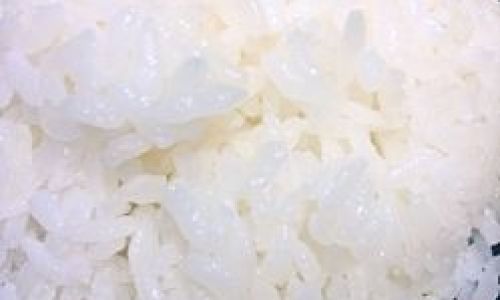
Ingredients
Before we dive into the cooking process, let’s list down the ingredients you’ll need:
- Rice: Preferably fragrant rice varieties like jasmine or basmati. About 2 cups of rice will serve 4-6 people.
- Coconut Milk: Use full-fat coconut milk for the richest flavor. You’ll need about 2 cans (400ml each) of coconut milk.
- Pandan Leaves: These aromatic leaves add a unique fragrance to the rice. If you can’t find fresh pandan leaves, you can use pandan essence instead.
- Salt: To taste.
- Sugar: A small amount to balance the flavors. About 1-2 teaspoons.
- Water: To cook the rice.
- Sides: This includes fried chicken, hard-boiled eggs, cucumber slices, peanuts, and sambal. You can also add other sides like ikan bilis (dried anchovies), fried tofu, or even a slice of omelette.
Equipment
- Rice cooker or a heavy-bottomed pot with a tight-fitting lid.
- Wooden spoon or ladle for stirring.
- Steamer or pot for steaming the chicken and hard-boiling the eggs.
- Frying pan for cooking the sides.
- Knife and cutting board for preparing the cucumber slices and other ingredients.
Step-by-Step Guide
Preparing the Rice
Start by rinsing the rice under cold running water until the water runs clear. This removes any excess starch and impurities. Drain the rice well and set it aside.
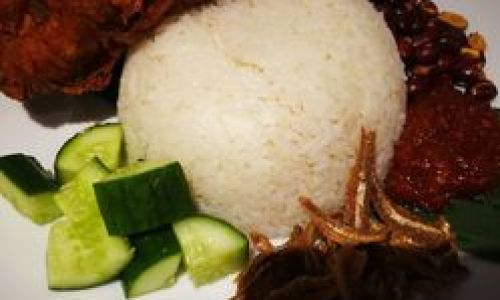
Preparing the Coconut Milk
Open the cans of coconut milk and pour them into a measuring jug or bowl. Separate the coconut milk into two portions: thick (the creamy part that settles at the top) and thin (the watery part at the bottom). You’ll use both, but the thick coconut milk will be added later for a richer flavor.
Cooking the Rice
If you’re using a rice cooker, place the rinsed rice in the cooker’s inner pot. Add the pandan leaves (tied into a knot or cut into small pieces) and the thin coconut milk. Add enough water to reach the level indicated for cooking 2 cups of rice on your rice cooker. If you don’t have a coconut milk + water level indicator, aim for a total liquid volume that’s about 1 inch above the level of the rice. Add a pinch of salt and a teaspoon of sugar. Stir everything gently to combine.
If you’re cooking the rice on the stovetop, use a heavy-bottomed pot with a tight-fitting lid. Follow the same steps as above, but keep a close eye on the rice as it cooks. Bring the mixture to a boil over medium-high heat, then reduce the heat to low, cover, and let it simmer for about 15-20 minutes or until the rice is tender and the liquid is absorbed.
Adding the Thick Coconut Milk

Once the rice is cooked and the liquid is mostly absorbed, turn off the heat (if you’re using a stovetop) or switch the rice cooker to the “keep warm” setting. Gently fold in the thick coconut milk, being careful not to stir too vigorously as this can break up the grains of rice and make them mushy. Let the rice sit covered for another 10 minutes to allow the flavors to meld together.
Preparing the Sides
While the rice is cooking, prepare your sides. Here are some basic recipes for the most common sides:
Fried Chicken:
- Cut chicken pieces into bite-sized portions.
- Marinate with salt, pepper, turmeric powder, and a little water for at least 30 minutes.
- Heat oil in a frying pan over medium-high heat.
- Fry the chicken pieces until golden brown and cooked through. Drain on paper towels.
Hard-Boiled Eggs:
- Place eggs in a pot and cover with cold water.
- Bring the water to a boil over high heat.
- Once boiling, reduce the heat to low and let the eggs simmer for 7-9 minutes for fully set yolks.
- Remove the eggs from the pot and run them under cold water to stop the cooking process. Peel and set aside.
Cucumber Slices:

- Peel and thinly slice a cucumber.
- You can add a pinch of salt and let the cucumber slices sit for a few minutes to release excess water, then pat them dry with paper towels.
Peanuts:
- Roast unsalted peanuts in a dry pan over medium heat until golden brown and fragrant.
- Let them cool slightly, then roughly chop them.
Sambal:
- You can make your own sambal by blending fresh chilies, garlic, shallots, lime juice, and a little sugar and salt to taste.
- Alternatively, you can buy ready-made sambal from the store.
Serving the Nasi Lemak
Once the rice is ready and all the sides are prepared, it’s time to serve your Nasi Lemak.
- Scoop the fragrant coconut milk rice onto a plate.
- Arrange the sides around the rice: Place a few pieces of fried chicken, a hard-boiled egg, a few cucumber slices, a sprinkle of peanuts, and a dollop of sambal.
- Optionally, you can also add ikan bilis, fried tofu, or an omelette slice.
Garnishing and Enjoying
Before serving, garnish your Nasi Lemak with a sprinkle of fresh cilantro or parsley if you like. Squeeze a little lime juice over the rice and sides to brighten up the flavors.

Now, sit down, relax, and enjoy your homemade Nasi Lemak. Take a bite of the rice, savor the creamy coconut milk and pandan aroma, and enjoy the contrast of textures and flavors from the various sides.
Tips and Tricks
- Quality Ingredients: Use high-quality coconut milk for the best flavor. Avoid using coconut cream, which is thicker and has a different consistency.
- Perfect Rice Consistency: The key to perfect coconut milk rice is not to overstir it once the thick coconut milk is added. Gentle folding is enough to incorporate the milk without breaking the rice grains.
- Customizable Sides: Feel free to customize the sides according to your taste and availability. Some people enjoy adding pickled vegetables, fried shallots, or even a slice of banana.
- Storage: Leftover Nasi Lemak can be stored in the refrigerator for up to 2 days. Reheat gently before serving to avoid drying out the rice.
Conclusion
Making authentic coconut milk rice (Nasi Lemak) at home may seem like a daunting task, but with the right ingredients and techniques, you can recreate this beloved dish with ease. From the fragrant rice cooked in creamy coconut milk to the assortment of savory and tangy sides, Nasi Lemak is a meal that promises a delightful culinary experience. So, why wait? Gather your ingredients, follow our step-by-step guide, and enjoy a delicious homemade Nasi Lemak today!
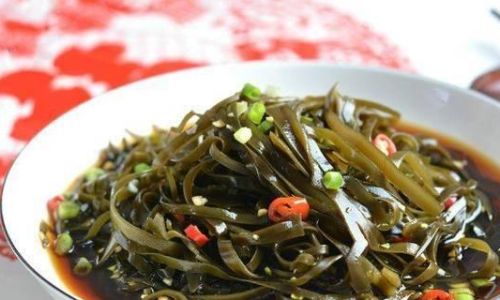
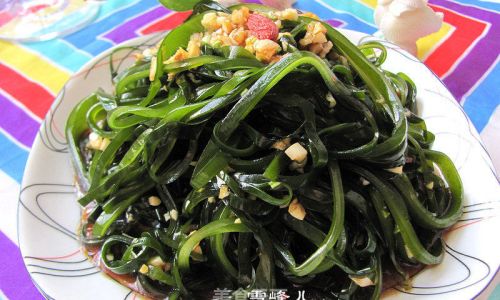
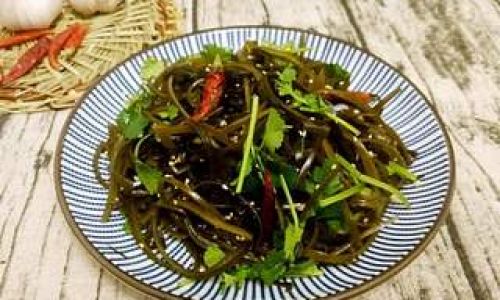

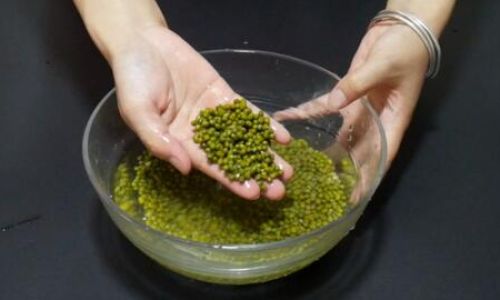
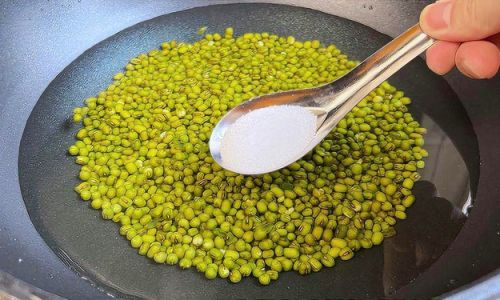
0 comments